
Ink & Pixel is a source of pride and joy for me as a writer and as such, I’m always striving to take this column further for those who read and enjoy it. If you yourself, or anyone you know, helped to make any of the amazing feature animated films found within this column, I would love to talk to you to further my knowledge. Please contact me at [email protected] so we can discuss it further.

Everyone remembers their first car. Mine was a Turkish Blue, 1999 Dodge Shadow. I drove that car everywhere, right up until I drove it (going about 55 miles per hour) into an oak tree. It was a dark and stormy night – I’m not kidding, it was awful out – and my car fishtailed out of control, veered off the road, and careened into the woods. I hobbled away from the accident just fine, but my car was totaled. I bring up this little story because this week’s Ink & Pixel features the Disney Pixar film, CARS.

Released in the year 2006, CARS is a computer-animated comedy motion picture featuring a wide array of motor vehicles made famous by manufacturers from all over the world. Though the film received both positive and negative reviews (from critics as well as the public), it was a tremendous hit with children of all ages. Since the film’s release, the world of CARS has received not just a direct sequel, but has also managed to inspire the spin-off PLANES – a film which hit theaters earlier this year. Let’s take a closer look at this anthropomorphic vehicular comedy and see if we can’t give it the old spit shine, eh?

Directed and written by John Lasseter (FROZEN, BIG HERO 6, FINDING DORY), and produced by Darla K. Anderson (TOY STORY, UP, MONSTERS UNIVERSITY), CARS is a story about friendship, sportsmanship, and never judging a car by it’s exterior. After all, it’s what’s under the hood that really counts, right? Lightning McQueen (voiced by Owen Wilson), is a self-absorbed race car who has managed to park himself in a spot of trouble with the citizens of a town called Radiator Springs. The story begins with Mack – McQueen’s transport and trusted friend (John Ratzenberger) – and his trek across a long and dimly lit highway to deliver McQueen to the renowned Piston Cup. While en route, Mack falls asleep at the wheel, allowing his cargo bay door to swing wide. Half awake, McQueen is tossed out onto the highway in a right state of confusion. In his bewilderment, McQueen loses control of himself; thereby causing Michael Bay-style destruction to the only road that runs throughout the near-forgotten province of Radiator Springs – Route 66.

Additionally, as the result of his accidental shredding of the town’s only thoroughfare, McQueen is promptly arrested by the local law enforcement – police car Doc Hudson (Paul Newman) – and is then sentenced to remain in Radiator Springs until the hot-headed racecar can single-handedly repair the ravaged road. While serving his time in Radiator Springs, McQueen begrudgingly accepts the help and friendship of a seemingly dim-witted tow truck named Mater (voiced by Larry the Cable Guy). Together, Mater and McQueen explore the history of Radiator Springs, and ultimately, what it means to be one with the road. Before long, McQueen comes to value the wisdom of the small town and its citizens. With the Piston Cup being only days away, and the help of other vehicular characters such as Sally Carrera (Bonnie Hunt), Ramone (Cheech Marin), Luigi (Tony Shallhoub), and many more behind him, McQueen leaves Radiator Springs with a new attitude and looking to win the biggest race in existence all in the name of friendship.

It goes without saying that every film is born from the seed of a grand idea. In the case of Disney Pixar’s CARS, director John Lasseter chose to combine the passions of both his parents when formulating the idea for the film. His mother, a lover of art, and his father having an undying affection for automobiles, prompted Lasseter to design a world that would marry and honor the ardors of both his parents. Almost immediately, Lasseter and his team began researching the famous Route 66. Route 66 is a highway that – when first built – began in Chicago, Illinois and ran through the states of Kansas, Oklahoma, Texas, New Mexico, and Arizona, before coming to an end in Santa Monica, California. It stretched a total of 2,448 miles and was considered the most recognizable stretch of road within the United States for many years.

A lot has changed about Route 66 since it opened in November of 1926, but its influence and legacy as a road well traveled has remained a source of inspiration in film to this very day. Wanting an expert on the famous road to be on their literary pit team, Pixar turned to acclaimed writer Michael Wallis, author of the definitive book about the legendary “Main Street of America”: Route 66: The Mother Road. Wallace, happy to lend a hand, suggested that the only real way to truly get a sense of appreciation for the road was to travel it. And so it came to be that select members of the Pixar staff packed their bags for a sort of team-building road trip that would serve, not only as research, but as an adventure that would leave a lasting impression on each of them for the rest of their days.

Problems arose in the making of CARS when deciding not only how to design the anthropomorphic cars, but also how to animate them. Though the artists responsible for the film were working with computers that were 1,000 times faster than those used to make TOY STORY, and employed the use of programs similar to those used by car manufacturing professionals, the film still had much to overcome before pulling up to the proverbial starting line. Perhaps part of the reason why CARS preformed so poorly with adult audiences is due to the fact that it’s almost impossible for us to relate to automobiles. Sure, you could drum up some poetic words about how it’s possible for a human being to become “one with the road” while traveling across the country on a Harley – but simply giving personalities to transportation vehicles won’t be enough for some audience members.

Allow me, or rather Rick Nauert of Psych Central, to explain the phenomenon as to why humans feel the tendency to “anthropomorphize” damn near everything we see. “The term anthropomorphism was coined by the Greek philosopher Xenophanes when describing the similarity between religious believers and their gods — that is, Greek gods were depicted having light skin and blue eyes while African gods had dark skin and brown eyes.Neuroscience research has shown that similar brain regions are involved when we think about the behavior of both humans and of nonhuman entities, suggesting that anthropomorphism may be using similar processes as those used for thinking about other people.Anthropomorphism carries many important implications. For example, thinking of a nonhuman entity in human ways renders it worthy of moral care and consideration. In addition, anthropomorphized entities become responsible for their own actions — that is, they become deserving of punishment and reward.” Cool, right?

To combat disconnect, not only were Lasseter and his team explicit about the placement of the characters more human features – making certain to place the eyes, mouths, and other defining features like mustaches in their familiar and proper places – but they also aimed to make Lightning McQueen’s journey a relatable one. In the movie, Lightning McQueen (while serving time in Radiator Springs) is forced to slow down, take a look around, and realize the beauty of everything he’s been missing due to his fast paced lifestyle. Not to sound like an old man, but I think that perhaps we could all stand to apply the brakes to our lives every now and again. It’s like the great Ferris Bueller once said, “Life moves pretty fast. If you don’t stop and look around once in a while, you could miss it.”

According to the official box office returns, CARS earned a grand total of $461,981,604 worldwide and $244,082,982 in the United States after crossing the finish line of its theatrical run. That’s a huge return for a film that sites like IGN.com claimed, “while quite entertaining and clever, just doesn’t quite meet with the high standard that Pixar has set for itself over the past 15 years or so.” But you know what I think? I think there’s a lot more to CARS than people give it credit for. Sure, Lightning McQueen is a narcissistic brat in desperate need of an oil change, and becoming emotionally invested in an automobile might be foreign to some viewers, but the film also has a few life lessons that many of us can stand to be schooled in every now and again. What I’m trying to say is … Take your time, appreciate each other, take care of who you have and what you have while you’ve still got it. Don’t let life pass you by and don’t be afraid to pull into a rest stop every now and again. Okay, I’m done with the car analogies. See you next time! Kachow!


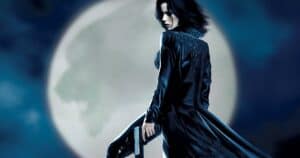
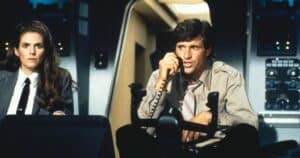
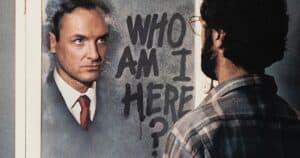
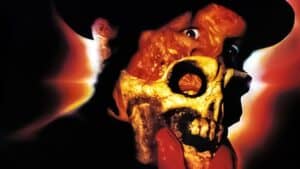

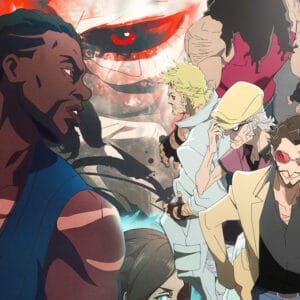
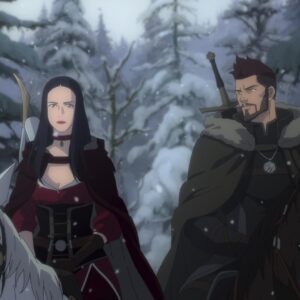

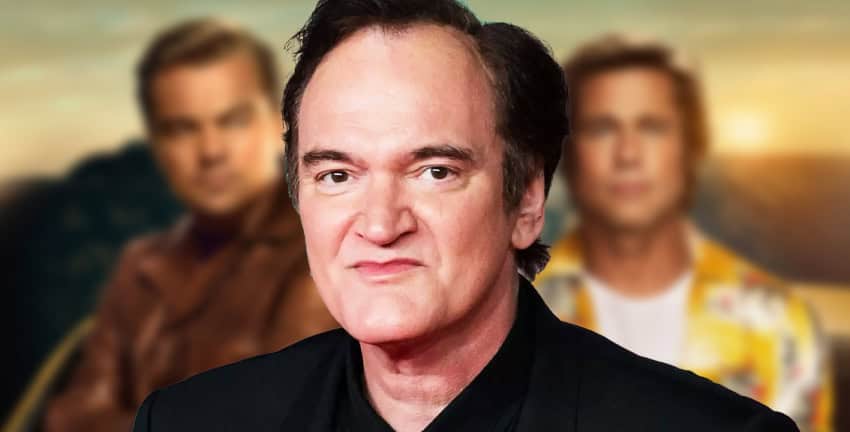
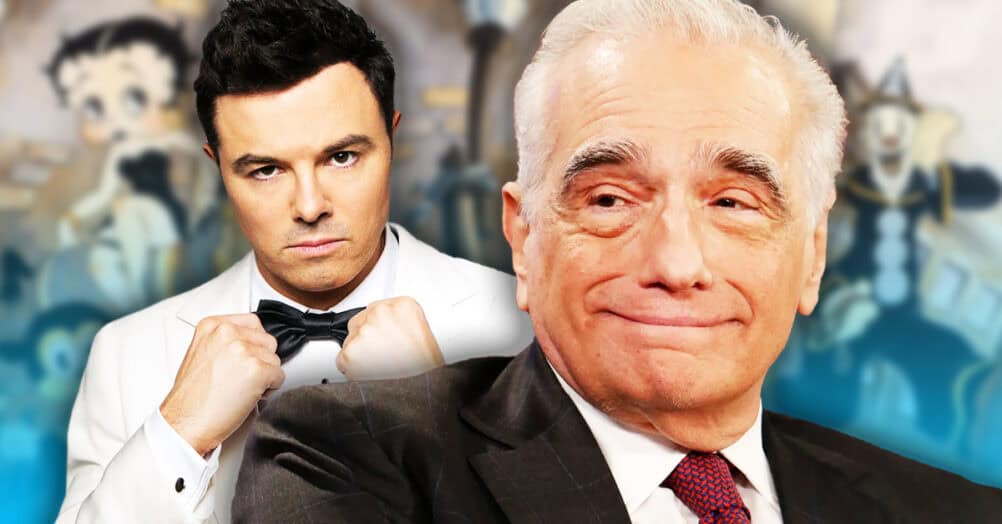
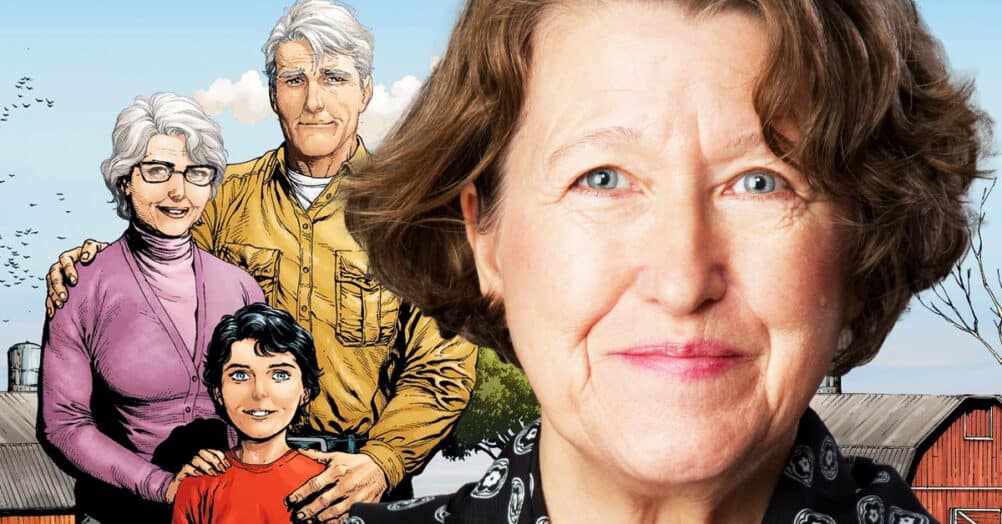
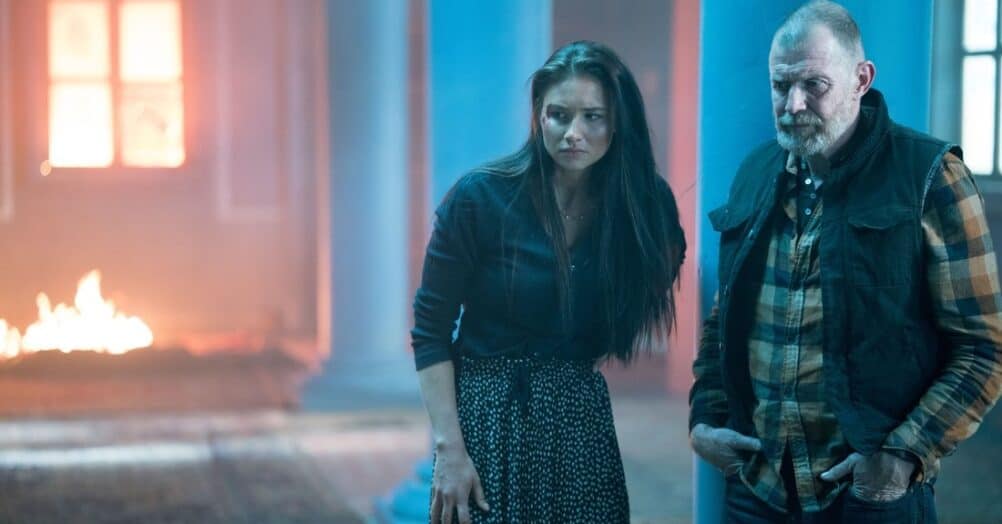
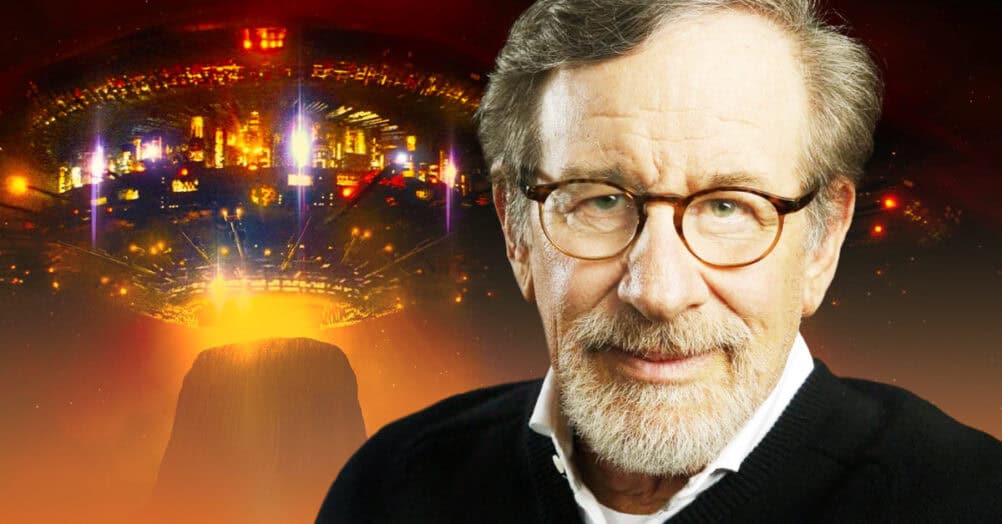
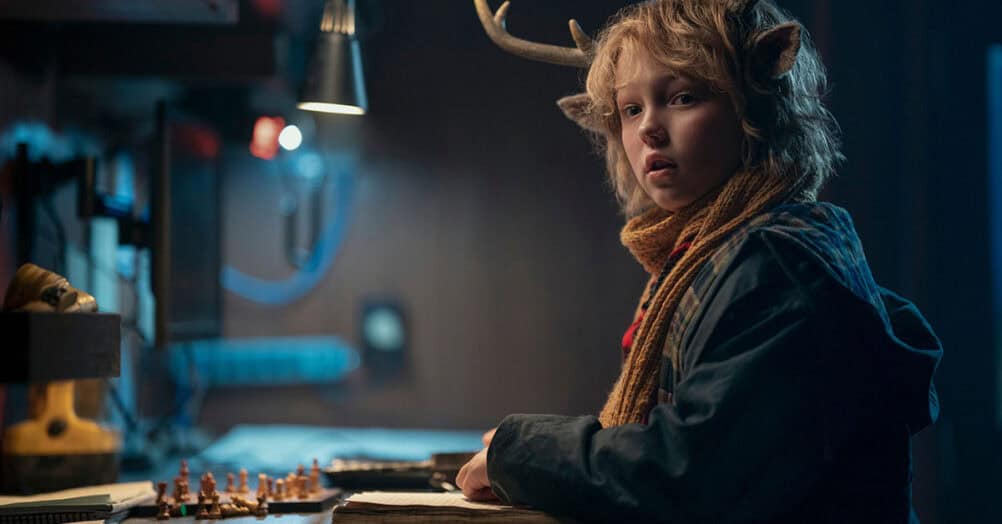
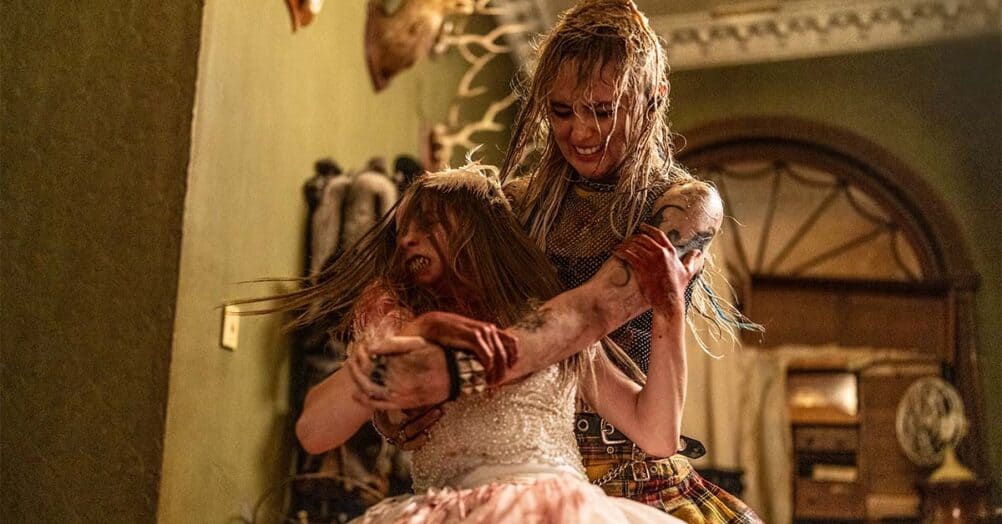
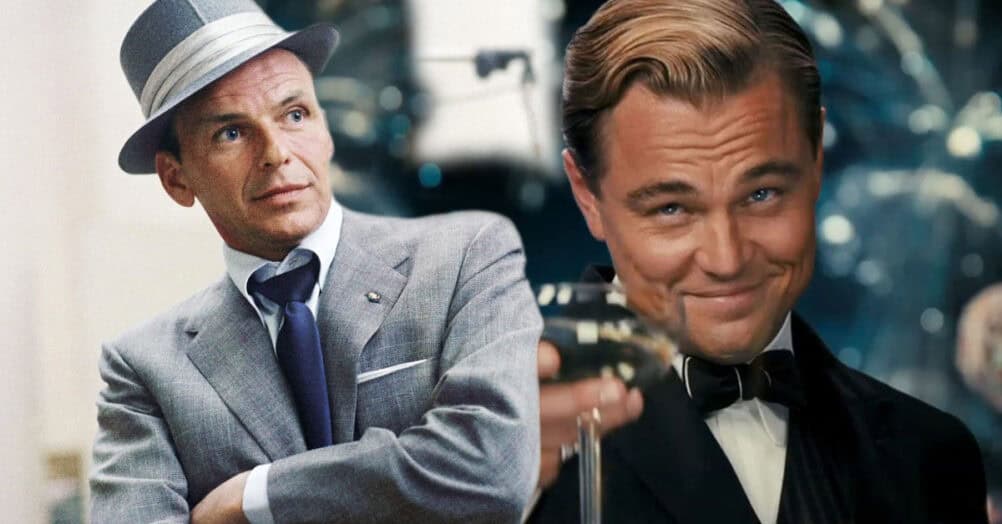
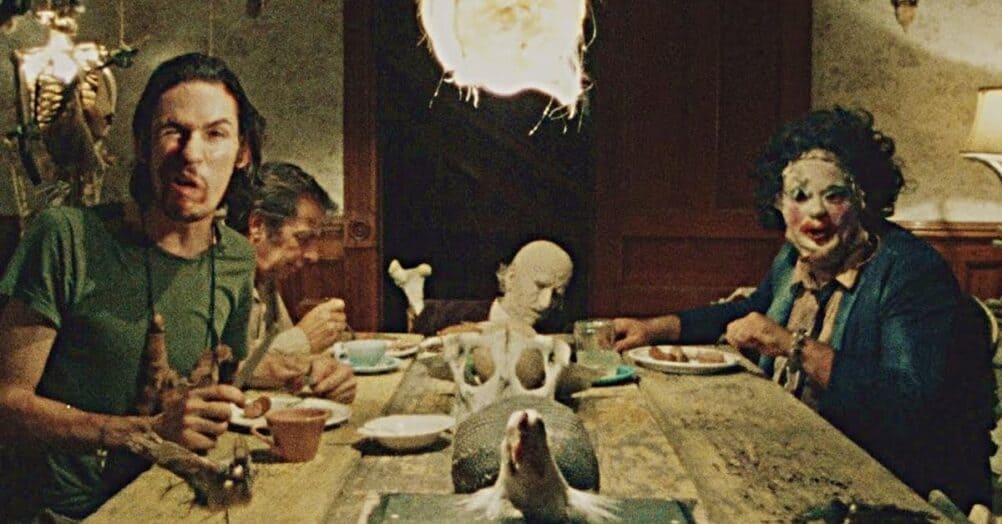
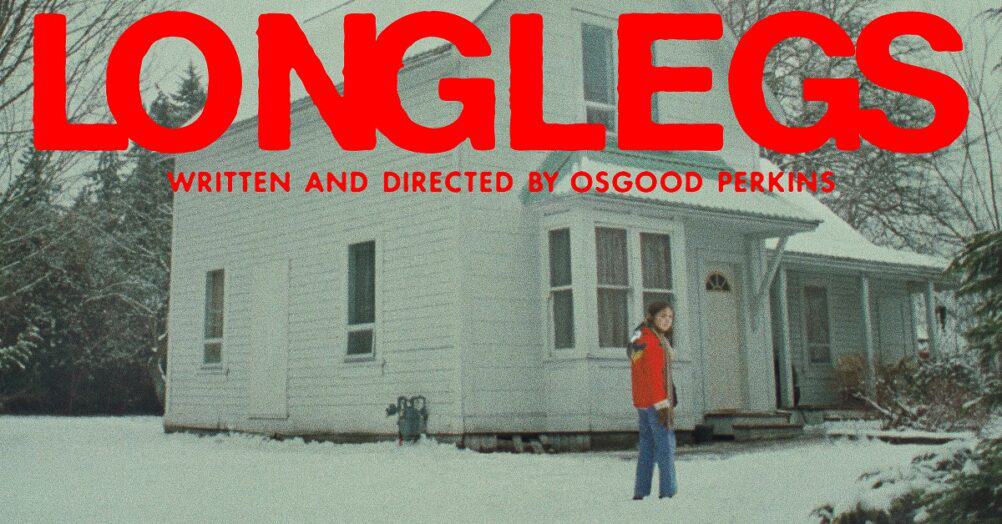
Follow the JOBLO MOVIE NETWORK
Follow us on YOUTUBE
Follow ARROW IN THE HEAD
Follow AITH on YOUTUBE